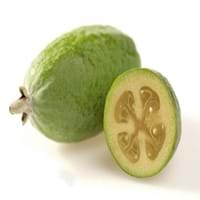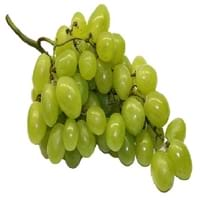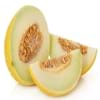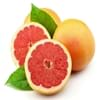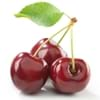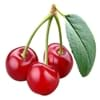Health Benefits
Anti depressant, Cancer prevention, Reduces nervous tension, Treatment of alzheimer's disease, Treatment of Lung disease
Cancer prevention, Kidney stone treatment, Prevents constipation, Treatment of alzheimer's disease
General Benefits
Digestive aid, Helps in weight loss, Improves blood circulation, Strengthens bones, Treatment of common cold
Digestive aid, Improves eye vision, Maintains healthy cholesterol level, Treatment of migraine
Skin Benefits
Brightens and lightens complexion, Skin rejuvenation
Anti-aging benefits, Heals sunburn, Skin rejuvenation, Treatment of dark spots
Hair Benefits
Promotes longer and healthier hair, Protects hair
Prevents hair loss, Regulates hair growth, Treatment of dandruff
Allergy Symptoms
NA
Anaphylaxis, Asthma, Breathing difficulty, Coughing, Drop in blood pressure, Hives, Skin rash, Stuffy nose, Swelling of mouth, tongue or lips, Wheezing
Side Effects
Allergic reaction
Allergic reaction, Skin rash, Might slow down the process of blood clotting
Best Time to Eat
As a snack in the late afternoon, Don't consume at night and before bed, Eat the fresh ones, avoid mixing with any other foods, don't eat after meal., Morning time (before lunch)
As a snack in the late afternoon, Don't consume at night and before bed, Eat the fresh ones, avoid mixing with any other foods, don't eat after meal., Morning time (before lunch)
Vitamin A (Retinol)
Not Available
Vitamin B5 (Pantothenic Acid)
Vitamin C (Ascorbic Acid)
Vitamin K (Phyllochinone)
Phytosterol
Not Available
Calories in Fresh Fruit with Peel
Not Available
Calories in Fresh Fruit without Peel
Not Available
Calories in Frozen Form
Not Available
Calories in Canned Form
Not Available
Season
Autumn, Winter
Autumn, Summer
Varieties
Anatoki, Gemini, Kaiteri, Kakariki, Pounamu, Unique, Apollo, Den's Choice, Kakapo, Mammoth, Opal Star, Triumph and Wiki Tu
Cabernet Sauvignon, Merlot, Pinot Noir, Syrah/Shiraz and Zinfandel
Inside Color
White
Light Green
Origin
Argentina, Brazil, Paraguay, Uruguay
Western Asia, Central Europe
Grows on
Not Available
Vines
Soil Type
Clay loam, Gravely loam, Sandy
Clay loam, Sandy loam
Climatic Conditions
Cold, Warm
Warm
Facts about
- Feijoa is called as "pineapple guava" in some countries.
- Feijoa tree is an ornamental plant that can also be used as hedge & windbreak.
- All parts of feijoa fruit are edible(skin is mostly discarded).
- If left alone, a grapevine can spread 50 feet and even more.
- There are more than 8,000 varieties of grape worldwide.
- They are available in 7 different colors: red, green, white, black, purple, blue and golden.
Top Producer
New Zealand
Spain
Other Countries
Australia, Azerbaijan, India, Japan, United States of America
Argentina, Armenia, Australia, Chile, France, Iran, Italy, Portugal, Romania, Turkey, United States of America
Top Importer
China
United States of America
Top Exporter
New Zealand
Chile
Botanical Name
Acca sellowiana
Vitis vinifera
Synonym
Feijoa sellowiana or Orthostemon sellowianus
Not Available
Subkingdom
Tracheobionta
Tracheobionta
Division
Magnoliophyta
Magnoliophyta
Class
Magnoliopsida
Magnoliopsida
Family
Myrtaceae
Vitaceae
Species
A. sellowiana
Vitis vinifera
Generic Group
Myrtle
Grape
Difference Between Feijoa and Grape
We might think that Feijoa and Grape are similar with respect to nutritional value and health benefits. But the nutrient content of both fruits is different. Feijoa and Grape Facts such as their taste, shape, color, and size are also distinct. The difference between Feijoa and Grape is explained here.
The amount of calories in 100 gm of fresh Feijoa and Grape with peel is Not Available and 69.00 kcal and the amount of calories without peel is 55.00 kcal and Not Available respectively. Thus, Feijoa and Grape belong to Low Calorie Fruits and Low Calorie Fruits category.These fruits might or might not differ with respect to their scientific classification. The order of Feijoa and Grape is Myrtales and Vitales respectively. Feijoa belongs to Myrtaceae family and Grape belongs to Vitaceae family. Feijoa belongs to Acca genus of A. sellowiana species and Grape belongs to Vitis genus of Vitis vinifera species. Beings plants, both fruits belong to Plantae Kingdom.
